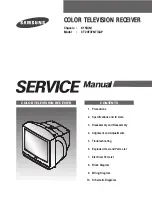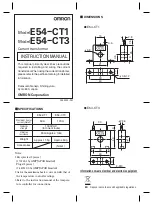
UK
- 15 -
chargeable! Batteries which are not suitable to be recharged may leak, explode or even
burn and cause damage!
! Using a different battery charger other than the one specified can cause damage to
your device or may even cause explosions and personal injuries.
! Do not throw batteries into fire or place them near heat as this may cause explosions
or personal injuries. Dispose of the batteries according to the procedures set out by
local regulations.
! Do not mix old and new batteries or batteries of different types or batteries which have
been used in different manners.
Battery level indicator
MIDLAND BASE CAMP
has a BATTERY LEVEL METER
that shows the battery power level.
Greater is the number of bars visible, stronger will be the battery level. When the battery level is
low, the Battery icon
will flash in the display, indicating that your batteries should be replace or
recharged if using a rechargeable battery pack.
Selecting the power source
MIDLAND BASE CAMP
can use either an Alkaline battery or the rechargeable NiMH battery pack.
Just set the
BATTERY SOURCE
switch to either “alkaline” or “rechargeable” (for NiMH battery
pack) mode.
USE AND CARE
! Use a soft damp cloth to clean the radio. Do not use alcohol or cleaning solutions.
! Do not immerse the radio in water.
! Turn off the radio and remove the batteries during long term storage.
TABLE OF SOLUTIONS
Problem
Possible cause
Solution
The radio doesn’t
switch on
The battery pack is discharged and/or
has not been installed correctly.
Verify that the battery pack is char-
ged and that it has been correctly
installed.
The radio switches
off shortly after it has
been switched on
Discharged battery pack.
Recharge the battery pack.
The battery pack does
not recharge
The battery-charger has not been
connected or installed correctly.
Inspect the connections of the
battery-charger and the installation of
the batteries.
The radio switches on
but is
unable to receive
signals
The site of installation is too shielded. Move to another area.
The volume is too low
Adjust the volume.
Incorrect CTCSS or DCS
Check that the CTCSS tone or DCS
code corresponds to the one set by
the parties you are communicating
with.
Noise is always pre-
sent in reception mode
The monitoring function is enabled.
Disable the monitoring function.
It is not possible to
communicate with
other parties
An incorrect radio channel has been
selected.
Select the same radio channel used
by the parties you are communicating
with.
The radio is installed in a shielded
area or is too far from the party you
are communicating with
Move to another area.
Incorrect CTCSS or DCS
Check that the CTCSS tone or DCS
code corresponds to the one set by
the parties you are communicating
with.
Reception is fragmen-
ted and/or disturbed
The signal is very weak.
Try temporarily disabling the squelch
by means of the Monitoring feature.
The transmission distance is exces-
sive and/or there are obstacles in the
transmission path
Move closer to the party you are
communicating with or to another
area.
Other parties are using the same
channel
Check the traffic on the radio
channel by means of the Monitoring
feature and select another channel if
required.
The radio has been installed too
close to equipment that causes inter-
ference (televisions, computers, etc.)
Increase the distance between the
radio and this equipment.
Received communica-
tions are not clear
The channel in use is too busy.
Select another channel.





























